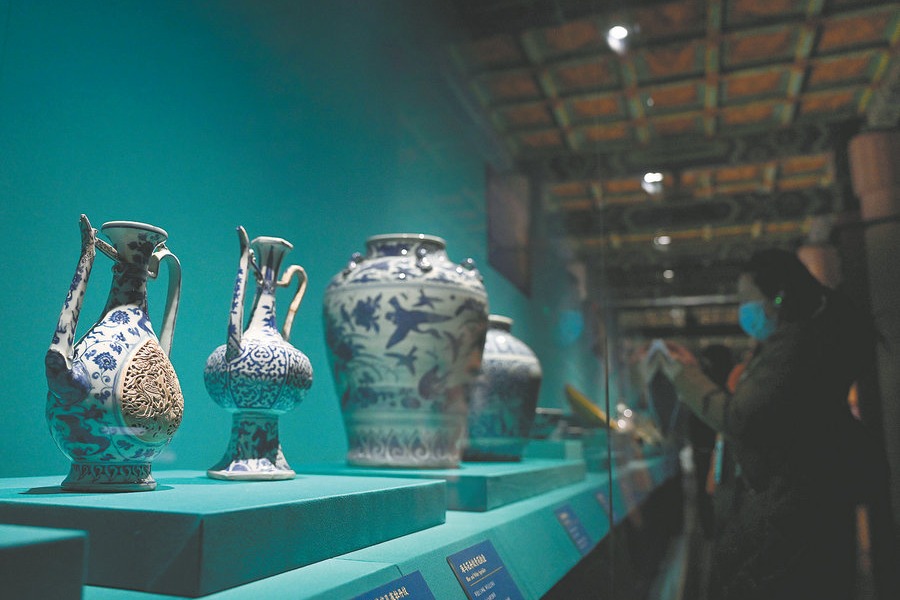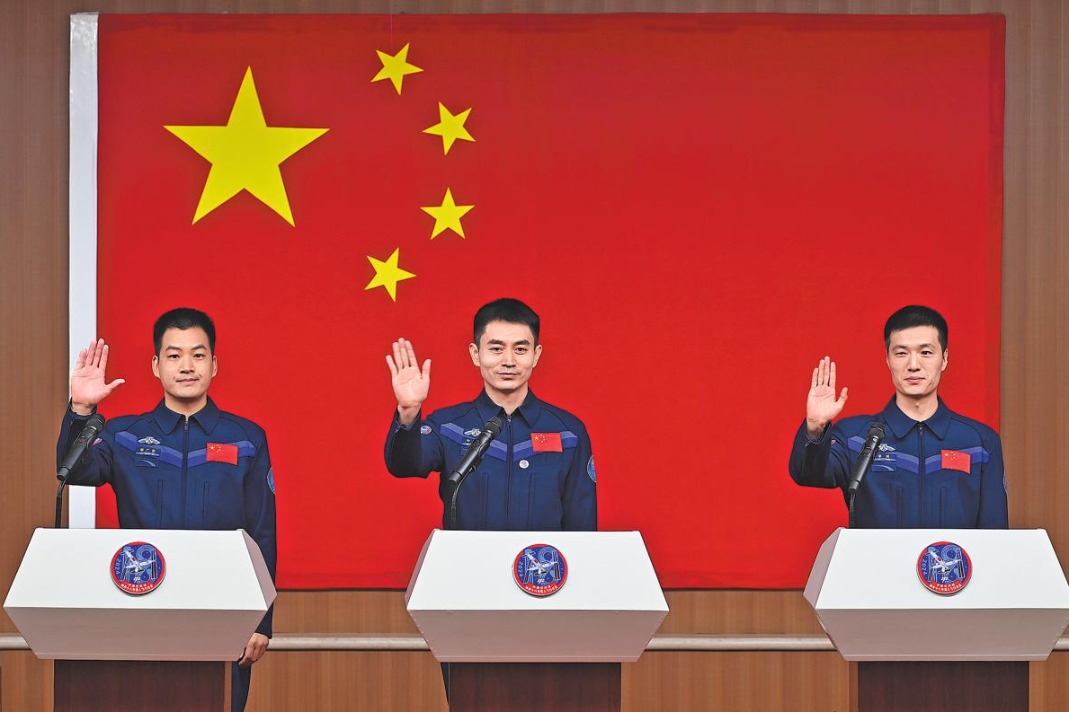Global warming from human cooling
Mobile air conditioning is a non-negligible source of climate change, but by using natural refrigerants, direct emissions can be reduced by 99 percent


Mobile air conditioning is a non-negligible source of climate change, but by using natural refrigerants, direct emissions can be reduced by 99 percent
China has been one of the world's leading vehicle markets for years now, with the number of vehicles on its roads reaching more than 408 million in August 2022. China is proactively curbing tailpipe emissions from vehicles and has progressively increased the stringency of emissions limits in recent decades. There is also a big push to transition to battery electric vehicles. However, the mobile air conditioning (MAC) systems in vehicles have not yet been subject to much public or regulatory attention and they should be, because they have the potential to exacerbate global warming throughout their life cycle.
Indeed, the International Energy Agency estimated that greenhouse gas emissions from MAC systems globally were around 420 million metric tonnes of carbon dioxide equivalent in 2015. That was about 1 percent of global energy-related CO2 emissions that year. However, if not improved, MAC systems will become a larger share of the climate impacts of vehicles in the years ahead, as we decarbonize the fuels they run on and other components.
As of 2020, almost every passenger car and bus in China, and more than 90 percent of trucks, were equipped with MAC systems. In recent decades, hydrofluorocarbon (HFC) refrigerants have been widely applied in vehicles because they offer good performance in terms of heat exchange and come at an affordable cost. However, pressure is mounting to move away from HFC refrigerants because their global warming potentials are higher than 1,000, meaning that they are more than 1,000 times more powerful than CO2 in their climate warming impacts.
The impacts come in two forms. Refrigerants leak into the atmosphere during assembly, vehicle maintenance, operation, and scrapping and recycling. Leakage of refrigerants is also referred to as direct emissions, and the IEA estimated that these account for about 30 percent of total GHG emissions from MAC systems. The remaining 70 percent are indirect emissions that come from the increased energy consumed to run MAC systems. While several studies have found that MAC systems account for 3 percent to 7 percent of total fuel consumption in passenger cars, that can go up to 20 percent in humid and hot climates. For heavier vehicles, the impact is even more severe. A report from the International Council on Clean Transportation found that in buses, about 30 percent of total energy is consumed by their MAC systems.
As China does not test the energy consumption of MAC systems to inform customers about how they perform in different circumstances, drivers' lack of awareness of MAC energy consumption can also make MAC systems more energy-intensive in daily operations.
International efforts to phase down the use of harmful refrigerants go back to the 1980s and the Montreal Protocol. HFCs were once the preferred replacement for more hazardous and harmful compounds, which not only had an extremely high global warming potential, but also threatened the planet's ozone layer. However, the Kigali Amendment to the Montreal Protocol, which became effective in 2019, calls for gradual reduction in production and consumption of HFCs. The European Union is leading the way and has banned refrigerants with global warming potential greater than 150 for all vehicles since 2017.
The United States will ban the use of HFCs for transport beginning in 2025 and Canada banned refrigerants with a global warming potential higher than 150 in 2019.China ratified the Kigali Amendment in 2021 and the mandate will begin in 2024.
However, China is facing challenges. There exists an advanced refrigerant for MAC systems offering great cooling performance with global warming potential less than 1, which implies it's less damaging to the climate than CO2. However, in China the refrigerant is still under the patent umbrella of international chemical giants. Chinese suppliers have to pay high premiums and that hinders its large-scale application in new vehicles. Second, natural refrigerants such as CO2 come with extra costs to renovate the MAC systems currently in use. Third, China has not yet issued a specific road map requiring the automobile industry to phase down HFC refrigerants and automakers thus show little willingness to make the transition. International experience shows that the substitution of refrigerants is mostly driven by policy, and we can expect fewer replacements of the prevailing refrigerants in the absence of government ambition to push the whole industry forward with direct guidance.
It's important to overcome any challenges because the potential benefits of GHG reduction from MAC systems are substantial. A recent study by the ICCT found that improving MAC systems by adopting natural refrigerants would reduce direct emissions by 99 percent. Combining both direct and indirect emissions, the study found that cities with cool and warm climates can expect 60 percent and 45 percent less GHG emissions, respectively, from CO2-based MAC systems. Given that electric vehicles are increasingly popular, with millions of new vehicles sold in China each year, the potential benefits of decarbonizing MAC systems can also be leveraged. Electric vehicles are considered more energy efficient than conventional internal combustion engine vehicles because they only lose about 15 percent to 20 percent of the energy they get from the grid when powering the vehicle; in contrast, conventional gasoline vehicles generally see a 70 percent loss from fuel to wheels. By applying a series of technologies that improve energy efficiency, MAC systems in electric vehicles can save more energy and therefore show greater GHG reduction benefits.
On the way to China's goal of carbon neutrality, any effort to reduce the global warming effects of MAC systems is valuable. Improvements in MAC systems should be included in the country's decarbonization efforts when policymakers are considering how to turn the transport sector greener.
The author is an associate researcher at the International Council on Clean Transportation. The author contributed this article to China Watch, a think tank powered by China Daily.
The views do not necessarily reflect those of China Daily.
Contact the editor at editor@chinawatch.cn


































